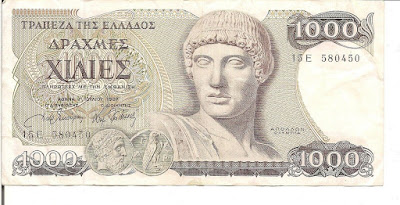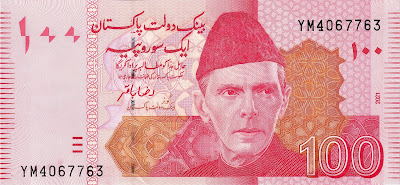The Greek Drachma, a currency with a lineage stretching back thousands of years, stands as a testament to the enduring legacy of Greek civilization and its economic prowess. Originating from the ancient Greek word "drakhmḗ," meaning "a handful," the Drachma has traversed epochs, witnessing the rise and fall of empires, economic upheavals, and the dawn of modern financial systems.
Its journey can be traced back to ancient Greece, where it emerged as a unit of weight for silver. In the 6th century BCE, the Drachma transformed into a coinage system, minted from silver bullion. These coins bore intricate designs, often depicting mythological figures or symbols of civic pride, reflecting the cultural richness of Greek society. The Drachma's value was tethered to the silver content within, fostering trust and stability in commercial transactions across the Mediterranean.
As Greece evolved through antiquity, so did its currency. During the Hellenistic period, under the influence of Alexander the Great's conquests, the Drachma became a dominant currency across vast territories, facilitating trade and economic integration within the burgeoning empire. Its widespread circulation solidified its reputation as a reliable medium of exchange, fostering economic prosperity and cultural exchange in the ancient world.
However, the fortunes of the Drachma waxed and waned with the tides of history. With the rise of the Roman Empire, the Drachma gradually ceded its prominence to the Roman denarius, marking a transitional phase in its trajectory. Yet, even as Rome's influence expanded, the Drachma persisted in various forms, echoing the resilience of Greek identity amidst changing political landscapes.
In the modern era, the Drachma underwent a series of transformations, mirroring Greece's tumultuous journey through nation-building, independence, and geopolitical upheavals. In 1832, following Greece's liberation from Ottoman rule, the Phoenix, a gold coin, became the official currency, symbolizing the nation's rebirth. However, the Drachma returned in 1833, reestablishing its dominance as Greece's primary monetary unit.
Throughout the 20th century, Greece weathered economic challenges, including hyperinflation and currency devaluations, which tested the Drachma's stability. Despite these trials, the currency endured, embodying the resilience and determination of the Greek people. However, in 2001, Greece adopted the Euro, joining the ranks of the European Monetary Union, signaling the end of the Drachma's era as a standalone currency.
The legacy of the Greek Drachma endures in the annals of monetary history, serving as a symbol of Greece's cultural heritage, economic resilience, and enduring spirit. Its evolution reflects the ebb and flow of civilizations, offering insights into the interconnectedness of ancient and modern economies. Though consigned to the archives of history, the Drachma's legacy lives on, immortalized in the narratives of Greek identity and the mosaic of global finance.




.jpg)
.jpg)
.jpg)
.jpg)
No hay comentarios:
Publicar un comentario